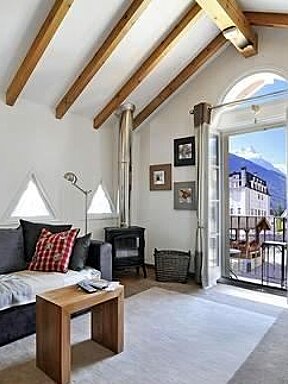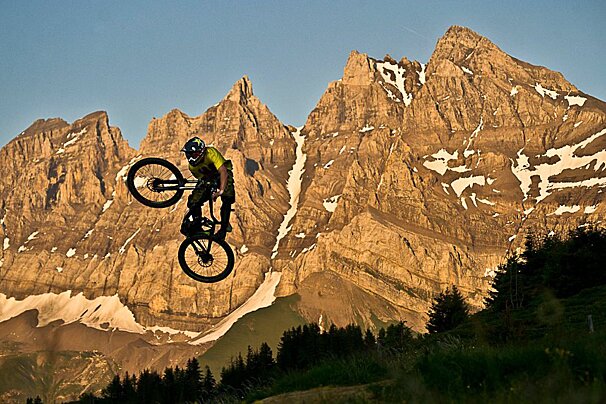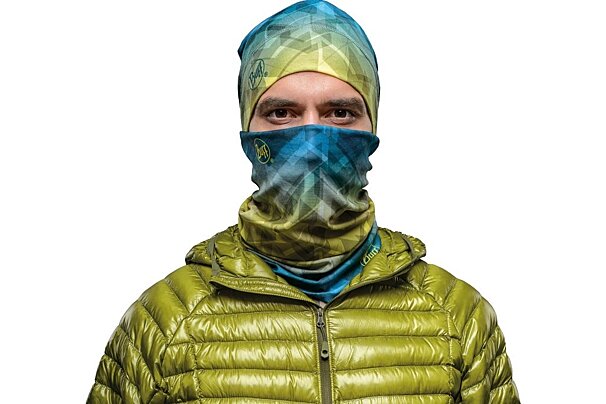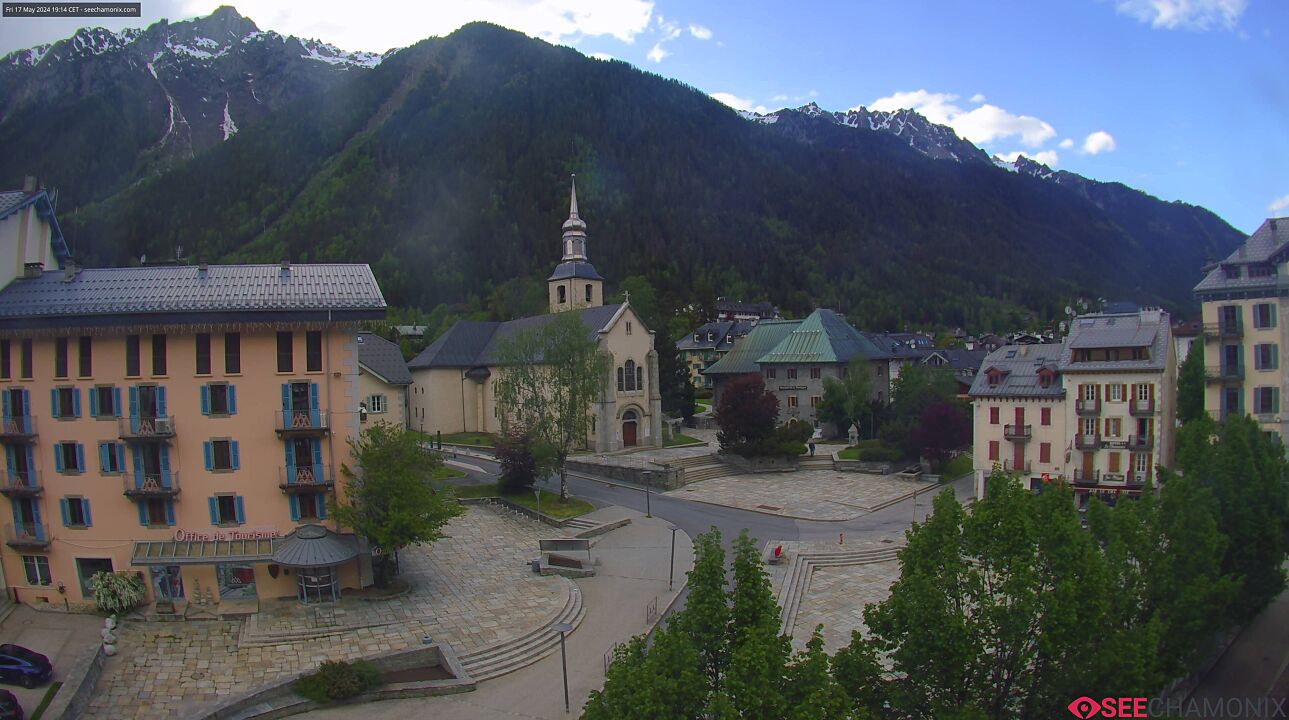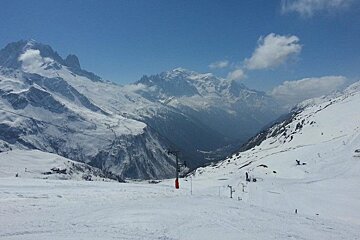
© Ellie Mahoney

© 1865

© THumpage
Mont Blanc Ice to be Stored at the South Pole
Scientists to store ice from Mont Blanc at the South Pole
It may sounds like a late April Fool's joke but, apparently, it is true! Ice from the Mont Blanc glacier is to be put into storage at the South Pole by a team of futuristic scientists.
Rather than being some drastic measure to prevent it from melting, it is part of a long-term research study by Jérôme Chappellaz (director of CNRS Glaciology and Geophysics Laboratory Environment in Grenoble) involving ice samples from glaciers all around the world.
The samples will all be kept for analysis in a laboratory in Antarctica to be studied by scientists in the future. The aim is to study climate change and environmental factors whilst preserving the glacial samples for whatever more sophisticated research techniques the future may bring. As Mr Chappellaz points out, "we do not know what science will be able to do in three, four centuries!" and as the glaciers disappear, so do the "archives" of information that they hold.
The ice will be stored in special cellars, deep under the Antartica snow at 3200m altitude, where it has an average annual temperature of -53°. It is apparently much safer to store them here than in an artifical environment as the sustainability of something man made can not be guaranteed indefinitely, whereas this Antarctic plateau is predicted to remain way below zero for thousands of years to come - even with the possibility of global warming.
The first samples to be taken will be those of Mont Blanc here in Chamonix, and of Illimani in Bolivia when scientists will drill down to extract samples of the core of the glacier during summer 2016. They will be studied for two years before being transferred to the South Pole for storage. If the study is seen to get off to a good start, there are a further 15 sites lined up to take part including mountains in the Himalayas, the Alps, the Rockies and the Andes.



